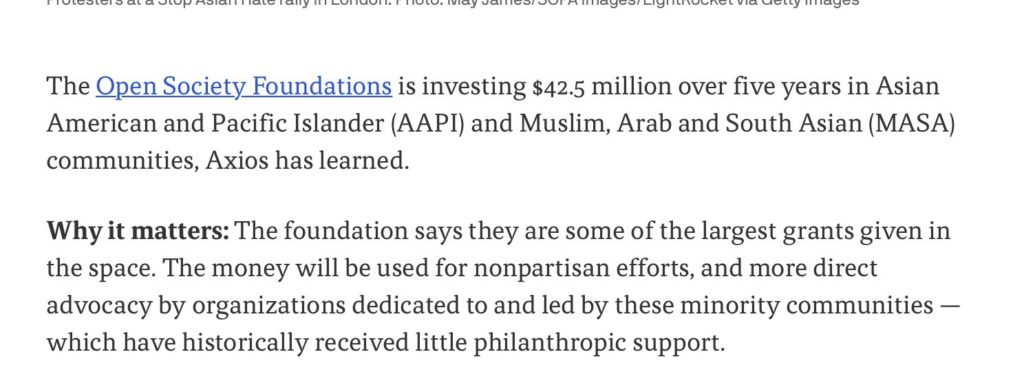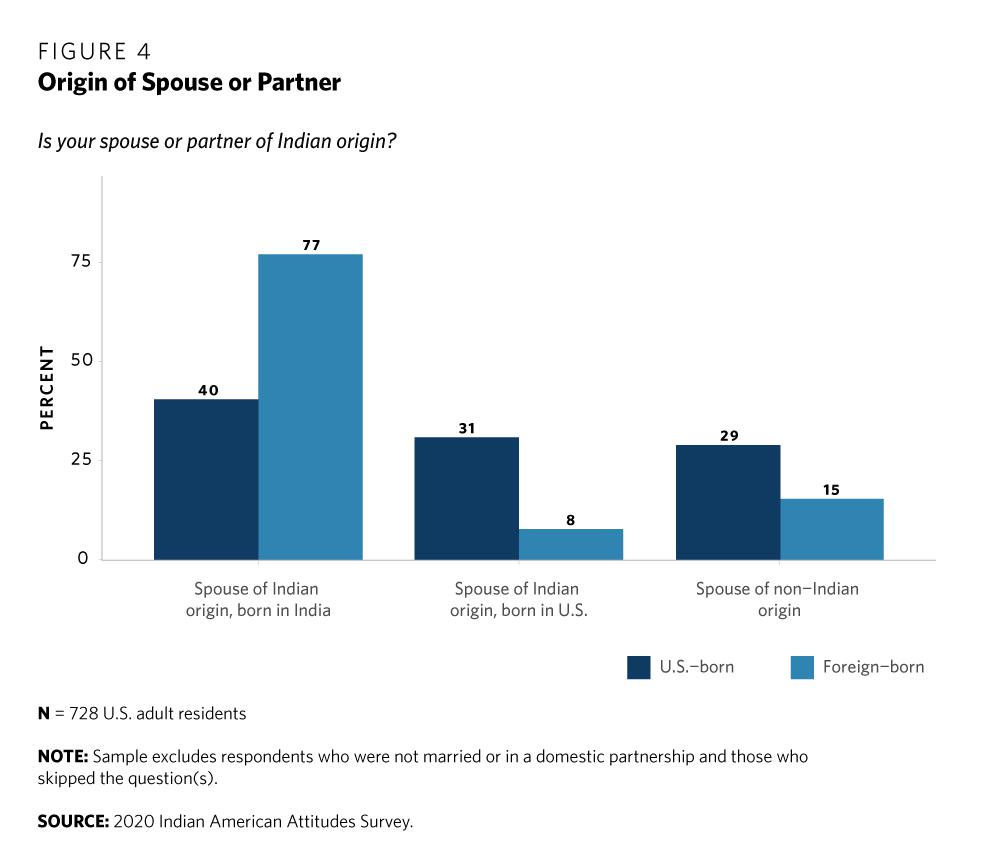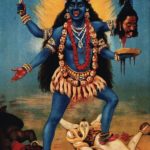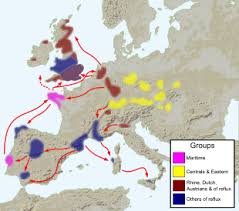This story should be known to all brown people just to make it clear “where we stand” in these United States, The Vaccine Had to Be Used. He Used It. He Was Fired.Ten doses of the Covid-19 vaccine would expire within hours, so a Houston doctor gave it to people with medical conditions, including his wife. What followed was “the lowest moment in my life,” Dr. Hasan Gokal said:
The officials maintained that he had violated protocol and should have returned the remaining doses to the office or thrown them away, the doctor recalled. He also said that one of the officials startled him by questioning the lack of “equity” among those he had vaccinated.
“Are you suggesting that there were too many Indian names in that group?” Dr. Gokal said he asked.
Exactly, he said he was told.
…
On Jan. 21, about two weeks after the doctor’s termination, a friend called to say that a local reporter had just tweeted about him. At that very moment, one of his three children answered the door to bright lights and a thrust microphone. Shaken, the 16-year-old boy closed the door and said, “Dad, there are people out there with cameras.”
This was how Dr. Gokal learned that he had been charged with stealing vaccine doses.
Harris County’s district attorney, Kim Ogg, had just issued a news release that afternoon with the headline: “Fired Harris County Health Doctor Charged With Stealing Vial Of Covid-19 Vaccine.”
There is a lot of debate and argument on this weblog about Pakistan and India and the like. That’s because more than half the traffic on this site now comes from India. But this began as a Diasporic weblog, and in the Diaspora, especially in the USA, the gap between Pakistanis and Indians is much smaller. Dr. Gokal is viewed as “Indian.”
The second issue I think one might note is that these lawyers, with a passion for racial justice, ended up pinning something that was pretty invidious on this doctor driven by the moral panics of the era. As a conservative brown-skinned person I am on the receiving end of a lot of insults from woke white people. Many of my white friends, who observe the nature and the persistence of the insults, suspect that some of the attacks are probably driven by sublimated racial animus.
Where are we as “Asian Americans” in this country? The ruling elite of this country thinks we have “bad personalities“, all the better to exclude us from their institutions of power. There has long been a pattern of what are obviously “hate” crimes (mostly for fun and kicks, to be frank) against Asian Americans, in particular older ones, in urban areas. The perpetrators of these crimes are usually not white, and so the media and the cultural elite have not focused much energy on them. And now they are trying to blame COVID-19 and the Trump administration.
To brown Americans: we are not victims. Never forget. But, we are also outsiders. Never forget.




 Two words: Kali Yuga. This whole timeline is cursed. It’s absurd. It’s perverted.
Two words: Kali Yuga. This whole timeline is cursed. It’s absurd. It’s perverted.